Significance and Evolution of The Festival of Lights
Diwali - The word itself brings in a lot of memories and emotions in the minds of Indians. Deeply cleaned houses, mad rush at every shop in the town, rich and delectable aroma of sweets on every corner of the streets, an array of Diya’s lit before every house, heavy noises of the colorful crackers, and many more exciting images. Indians, in general, celebrate Diwali with much devotion and passion. Almost every religion celebrates Diwali and experiences the real fun and frolic of this amazing festival. People express their joy by sharing sweets with others, putting on new clothes, and lighting up crackers on this day. Let us delve into more details on Diwali in this blog!
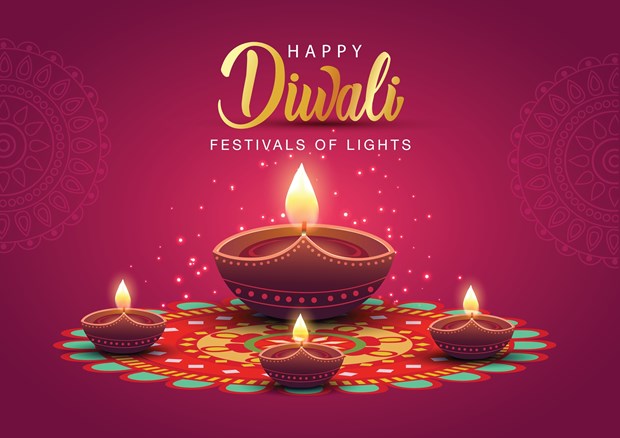

The Real Meaning of Diwali:
The word Diwali takes its origin from the Sanskrit word Deepavali meaning “rows of lighted lamps.” It is a beautiful festival that symbolizes the victory of good over evil, light over darkness, and knowledge over ignorance. It is not only a festival of celebrations but also of introspection. Every element of the celebration has a unique meaning added to it.
- Significance of Diya’s - The colorful lamps made out of clay are lit in front of houses every Diwali, and these lamps symbolize purity and goodness. Lighting these Diya’s means getting rid of the darkness and evil from the household. Diwali also falls on the new moon day, a time when there is total darkness all over, and these lamps are meant to take away this deadly darkness. According to traditions, people buy these lamps on Ashwin Purnima ( full moon day), which falls two weeks before Diwali, wash them, and get them ready for lighting on Diwali. Lit with either ghee or oil, these pretty lamps also stand, symbolizing good luck to the people lighting them.
- Significance of Crackers - Crackers are the most important part of Diwali celebrations and have a lot of meaning. Believed to have their origin in the Chinese, fireworks have evolved to be a symbol of prosperity and a way to keep off every evil.
- Significance of Sweets - People distribute sweets on Diwali as a tradition to wish each other luck, and symbolize the sweetness of life.
The Five Remarkable Days of Diwali -
Though the third day of Diwali is the important day of festivity and celebration, most Hindus celebrate Diwali for five straight days, and each day has its own significance. Diwali falls on the New Moon and on the month of Kartik in the Hindu calendar. It also marks the end of the Harvest season.
- Dhanteras: It’s the first day of Diwali and is dedicated to cleaning the household. Most people buy gold on this day to honor Goddess Lakshmi, the Goddess of fortune and wealth.
- Choti Diwali: On this day, people decorate their houses and set out clay lamps in their houses. Some also draw colorful rangoli to mark the celebrations in front of their houses.
- Lakshmi Puja: This is the main day of Diwali and is the height of celebrations. This is when people celebrate bursting crackers and lighting up Diya’s in their houses. On this day, Hindus worship Goddess Lakshmi and seek her blessings.
- Goverdhan Puja: According to the Hindu tradition, this day marks the first day of the New Year. On this day people usually visit friends and relatives and present gifts and sweets.
- Bhai Dooj: Bhai Dooj is the last day of Diwali and marks the end of all celebrations. This day is dedicated to siblings. While the brothers visit their sisters with gifts and presents, the sisters greet them with a grand feast and pray for their well-being.
Legends Associated with Diwali
Diwali is not only celebrated widely by the Hindus but also by the Sikhs and the Jains. Though it signifies the victory of good over evil, people generally associate a lot of legends and myths with this festival. Some of the common myths are as follows:
- The most prominent legend is the return of Lord Rama to Ayodhya from his 14 years of exile. People exulted in his return after the exile and his victory over the demon King Ravana of Lanka, who kidnapped his wife, Sita. This victory of Lord Rama symbolizes the victory of good over evil
- The next legend is dedicated to the Goddess of Lakshmi, the most prominent Goddess attached to this day. The legend goes that Lord Indra provoked Goddess Lakshmi to leave the divine world to the milky ocean, and once she left, the whole world is believed to turn dark without her blessings and guidance. She is finally reborn after 1000 years bringing back the light to the world. People usually light up lamps in order to guide the Goddess into their houses and pray to bring in good fortune as she enters.
- The next important significance is the victory of Lord Krishna over the mighty demon king Narakasura who receives a blessing from Brahma with special powers. On dying, he requested people not to mourn but to rejoice in his death with colors and life.
- Another legend holds back to the epic Mahabharata, where the people rejoiced in the return of the 5 Pandava brothers from 12 years of exile after losing a dice game.
- People of West Bengal honor Goddess Kali on this day. The legend says that after destroying the demons left in charge of her for destruction, she loses her control and continues damaging lives until Lord Shiva intervenes and stops her from doing it. The day she repents for all her wrongdoings is observed as Diwali by the people of West Bengal, and they pay tribute to her on this day.
- Jains observe Diwali as the day when Lord Mahavira attained his enlightenment
- Sikhs celebrate the release of their Guru Hargobind from prison on Diwali.
Celebrations across India
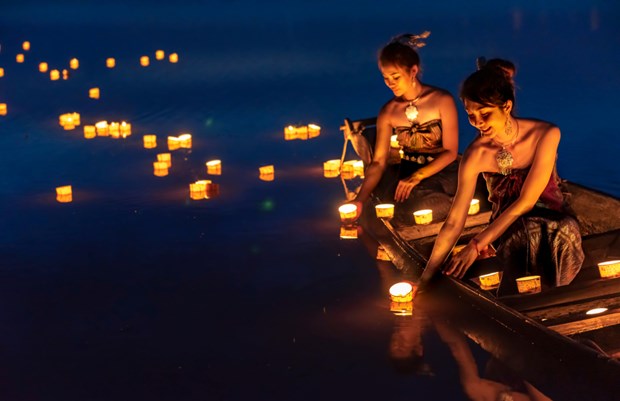

People from all over India have different ways of celebrating Diwali. Some of the traditions are as follows :
- West Bengal – People remember Maa Kali, the Goddess of destruction, on this day. The celebrations go on for two days. People usually observe fasting on the first day and enjoy a grand feast of sweets and savories the next day.
- Bihar – People here also celebrate Diwali for two days. On the first day, they observe fasting till sunset and light up 21 diyas in their houses. On the next day, they take a dip in the holy Ganges before starting the celebrations
- Goa – Goans celebrate the victory of Lord Krishna over the deadly Narakasura. As a part of the celebrations, people burn the effigies of the demon king Narakasura and also hold competitions to create the deadliest effigy of the demon king.
- Rajasthan – People here hold exquisite shopping festivals and enjoy music and DJ performances. They also release colorful lanterns into the night sky.
- Maharashtra - People here start the celebrations by presenting aarti before a cow and her calf in order to symbolize the love between a mother and her child.
- Kashmir – On Diwali, one can find a huge number of Diyas floating on the Dal Lake, which is a magnificent sight to watch.
Diwali Delicacies
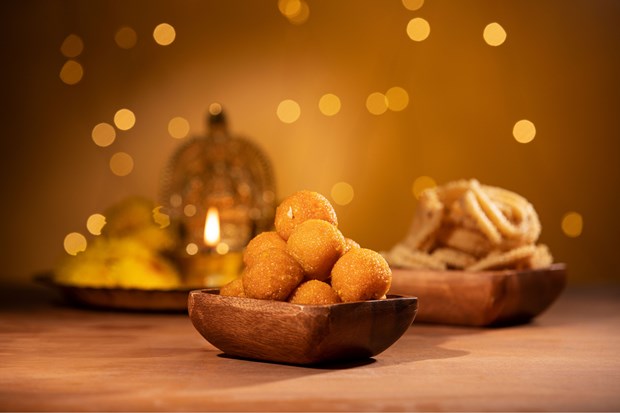
There are a lot of delicacies, especially sweets, served on Diwali day, and some of the most popular ones are as follows:
- Kaju Katli: It is diamond-shaped cashew and milk-based sweet famous in North India and some parts of South India.
- Murukku: This crispy snack is a mandatory recipe in the Diwali menu made out of rice flour.
- Gulab Jammuns: These yummy khoya balls immersed in sugar syrup are yet another delectable sweet served on Diwali
- Ladoo – Made of wheat or chickpea flour, ghee, and sugar and topped with nuts and raisins, this delicious sweet is surely a treat.
- Athirasam – This sweet dish is made of rice flour and jaggery and is prominent in all the south Indian Diwali menu.
Go Eco Friendly this Diwali
While immersed in celebrations and festivity, we become unmindful of the damage we cause to our environment. Post-Diwali, we can find that the entire country is filled with dust, pollution, and waste all over. This Diwali, we can try to adopt eco-friendly measures like the following, thus protecting nature amidst all celebrations.
While immersed in celebrations and festivity, we become unmindful of the damage we cause to our environment. Post-Diwali, we can find that the entire country is filled with dust, pollution, and waste all over. This Diwali, we can try to adopt eco-friendly measures like the following, thus protecting nature amidst all celebrations.
- Though crackers are an important part of the festival, we can try to reduce the amount of usage in order to avoid pollution.
- We can try to make homemade lamps with wheat flour.
- We can also replace plastic kandils with those made of wood, paper, and metals.
- Try to replace the plastic lanterns with paper ones.
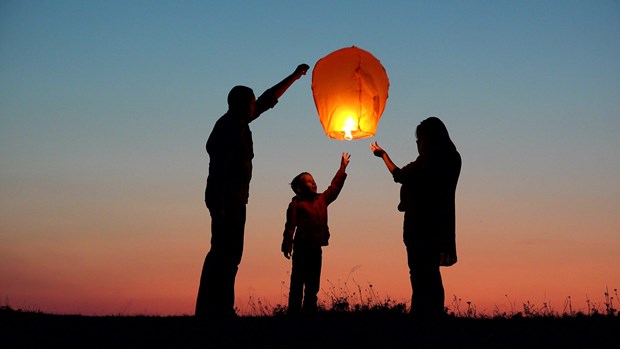
Some Safety Tips for Celebrating Diwali
Taking some safety precautions before starting the celebrations is very important. Diwali is a festival of light, and you can see fire all around. It can become quite dangerous at times. Therefore you can follow some of these safety tips this Diwali to make it more memorable:
- Ensure that you wear properly fitting clothes, preferably cotton clothes, while you are lighting the crackers
- Ensure that the lamps are not lit up anywhere close to electric wiring and curtains
- Try to buy quality crackers from legal manufacturers and also go through the instructions carefully before lighting them up
- Ensure you have a proper first aid kit and fire extinguishers accessible
- Make sure you discard the burnt crackers so that they might not hurt anyone
- Parents must stay close to their kids and have a watch on them while they are lighting up the crackers
- If you have pets at home, ensure you keep them in a place where they can’t hear the noise of the crackers, and also keep them away from the Diya’s. Pets like dogs get all frenzied when they suddenly hear such loud noises.
Sulekha wishes you and your families a happy and prosperous Diwali 2022.
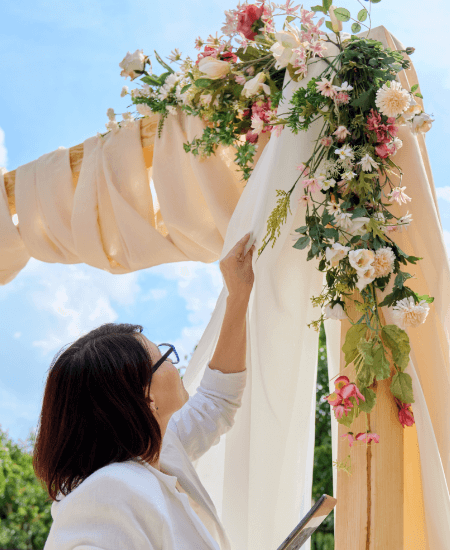
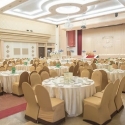
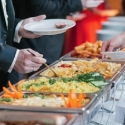
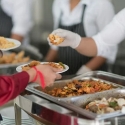


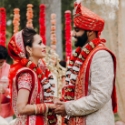











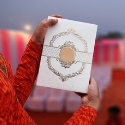



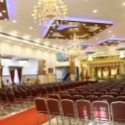




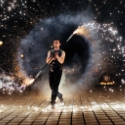


Post a Comment